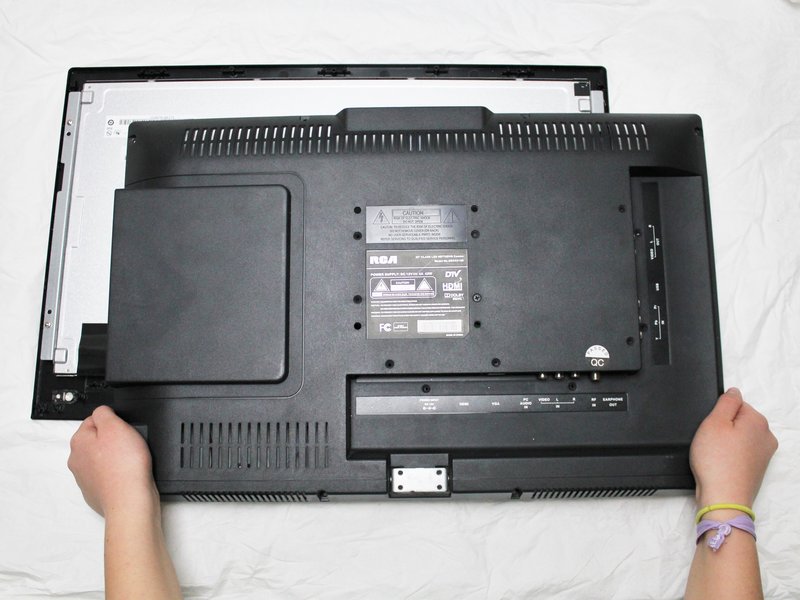Geoffrey Fowler has a friend with a Samsung TV that inexplicably stopped working halfway through a movie. Geoff’s friend thought she had no other option than to replace it. Geoffrey—a writer with Wall Street Journal—wondered what it would take to fix the flat screen TV. And so, he went down the repair rabbit hole.
“We ended up with a project that changed my view on our shop-till-you-drop gadget culture,” writes Geoff. “We’re more capable of fixing technology than we realize, but the electronics industry doesn’t want us to know that. In many ways, it’s obstructing us.”
Geoff’s story is common enough. Things break every day—that’s the nature of entropy. But being a tinkerer is knowing that “broken” isn’t the end. Indeed, for most tinkerers, repair techs, and DIY masters, “broken” is an origin story. It’s how most of us got started: with one broken phone, or one broken toy, or one broken radio. And that repair journey broadened into a hobby, or a passion, or even a business. iFixit, for example, got its start after our co-founder dropped a laptop from a bed, broke the charge port, and decided to fix it himself. In the process, he learned that manufacturers aren’t making it easy to repair stuff: most companies don’t release repair information and many don’t sell repair parts to either the public or to independent repair technicians—and that’s something that needs to change.
Geoff came to the same conclusion. Geoff’s 2008 Samsung 40-inch television was out of warranty. A little Google troubleshooting revealed that the television suffered from a problem endemic to his model: a blown capacitor. But Samsung doesn’t publish repair instructions on its website. Instead, a Samsung spokesperson pointed Geoff to an official Samsung repair center, which wanted over $200 for diagnosis and repair—that’s more than half of the cost of a new, similarly-sized television.
Read more here.
























